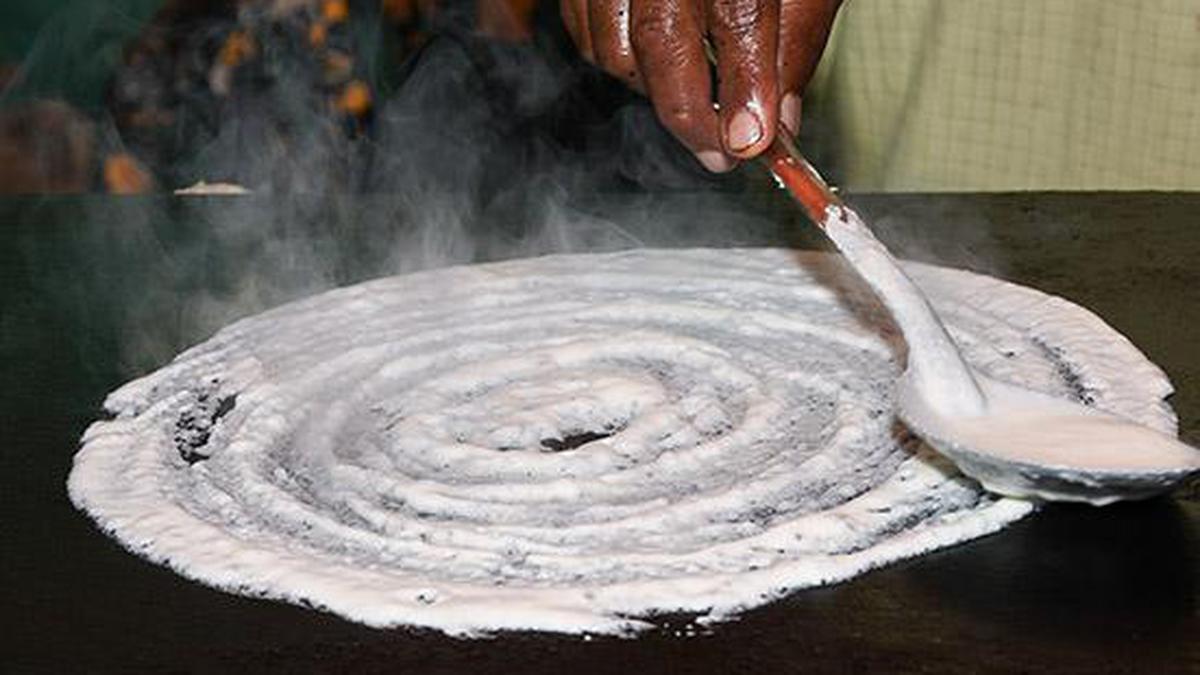Superconducting material hovering over a set of neodymium magnets.
A property in the realm of materials science that has been the source of endless fascination for scientists is superconductivity. Materials possess an innate resistance to the flow of an electric current, which leads to a loss of electrical energy and heat. Most materials retain this resistance even when cooled to a very low temperature – but some don’t. These are the superconductors. They can infinitely conduct a direct current without losing any energy as long as they stay in the superconducting state. (One of the hallmarks of this state is that if it is placed in a weak magnetic field, the material won’t allow the field to enter its body.)
Also Read | Material consideration: On the LK-99 ‘superconductor’ episode
The Dutch physicist Heike Kamerlingh Onnes first discovered superconductivity in 1911, when he was studying the properties of mercury. He found that when cooled to below -268.95 degrees Celsius, its electric resistance vanished. To confirm his findings, he cooled a sample of mercury, passed an electric current through it, and disconnected the battery. To his surprise, the current continued to flow without any dissipation. Today, superconductors are used in MRI machines and giant particle smashers to energise particles and in superfast trains to reduce friction. Some materials become superconductors at a higher temperature, but need to be pressurised. One of the major open questions of modern physics is to find a superconductor that works at room temperature and ambient pressure.












